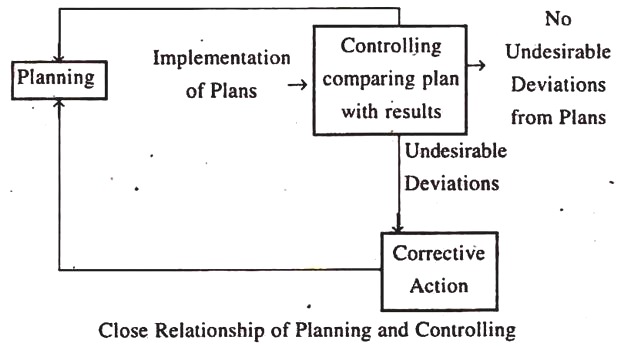

According to a member of the firm’s board of directors, PSINet spent most of its borrowed money “without the financial controls that should have been in place (Woolley, 2001).” With a capital structure unable to support its rapidly growing and financially uncontrolled operations, PSINet and 24 of its U.S. However, expensive debt instruments such as junk bonds were used to fuel the firm’s rapid expansion. PSINet, for example, grew rapidly into a global network providing Internet services to 100,000 business accounts in 27 countries. Without effective financial controls, the firm’s performance can deteriorate. At a strategic level, total sales and indicators of profitability would be relevant strategic controls. Thus, management determines which aspects of its financial condition, such as assets, sales, or profitability, are most important, tries to forecast them through budgets, and then compares actual performance to budgeted performance. Financial control involves the management of a firm’s costs and expenses to control them in relation to budgeted amounts. They’re also appropriate when managers must coordinate resources and capabilities across different business units.įinally, across the different types of controls in terms of level of proactivity and outcome versus behavioral, it is important to recognize that controls can take on one of two predominant forms: financial and nonfinancial controls. Behavioral controls and commensurate rewards are typically more appropriate when there are many external and internal factors that can affect the relationship between a manager’s decisions and organizational performance. Behavioral controls tie rewards to a broader range of criteria, such as those identified in the Balanced Scorecard. It also helps if little or no coordination with other business units exists.īehavioral controls involve the direct evaluation of managerial and employee decision making, not of the results of managerial decisions. Outcome controls are effective when there’s little external interference between managerial decision making on the one hand and business performance on the other. Outcome controls are generally preferable when just one or two performance measures (say, return on investment or return on assets) are good gauges of a business’s health. Corrective action based on operating controls may have implications for strategic controls when they involve changes in the strategy.Ĭontrols also differ depending on what is monitored, outcomes or behaviors. These control measures are essentially summations of finer-grained control measures. Typical operational control measures include return on investment, net profit, cost, and product quality. Normally these goals, objectives, and standards are established for major subsystems within the organization, such as business units, projects, products, functions, and responsibility centers (Mattews, 1999). Where operational controls are imposed, they function within the framework established by the strategy. Operational control, in contrast to strategic control, is concerned with executing the strategy. They must provide some means of correcting direction on the basis of intermediate performance and new information. Strategic controls are necessary to steer the firm through these events. The economy could be booming or perhaps falling into recession. Meanwhile, the environmental situation and the firm’s internal situation are developing and evolving. You might also need to wait until the weather lets you make the trip safely! Similarly, in larger organizations, during the time you are putting the strategy into place, numerous projects are undertaken, investments are made, and actions are undertaken to implement the new strategy. For instance, if you wanted to captain your ship from San Diego to Seattle you might need a crew, supplies, fuel, and so on. Ordinarily, a significant time span occurs between initial implementation of a strategy and achievement of its intended results. Strategic controls allow you to step back and look at the big picture and make sure all the pieces of the picture are correctly aligned. With that analogy in mind, strategic control is concerned with tracking the strategy as it is being implemented, detecting any problem areas or potential problem areas suggesting that the strategy is incorrect, and making any necessary adjustments (Venkataraman & Saravathy, 2001).

The strategic controls make sure that your ship is going in the right direction management and operating controls make sure that the ship is in good condition before, during, and after the voyage. Imagine that you are the captain of a ship. Two Levels of Control: Strategic and Operational


 0 kommentar(er)
0 kommentar(er)
